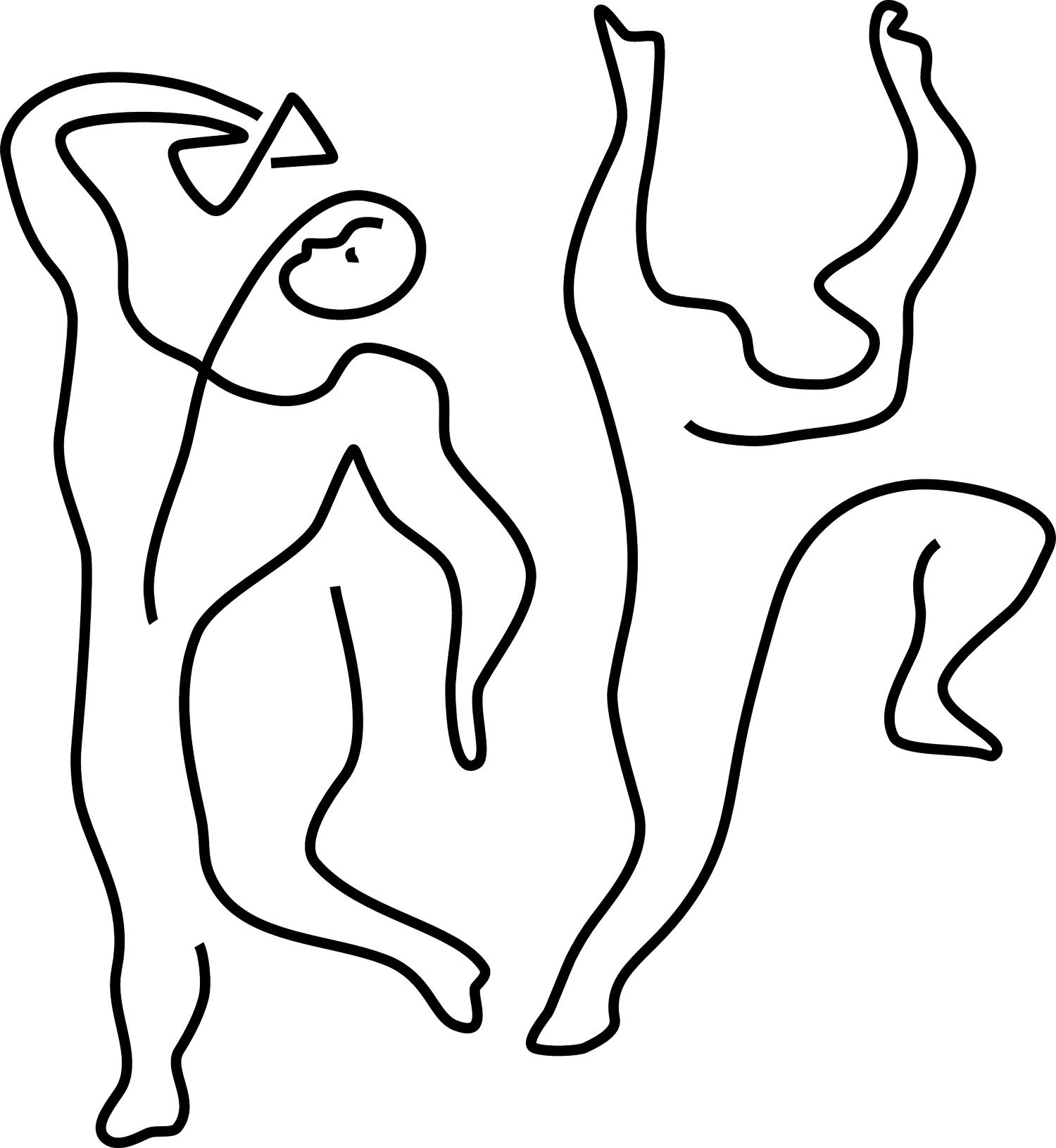
Brewing with CHEMEX
Hands down, our favorite brewer here at Two Giants Headquarters.
-
The CHEMEX® coffeemaker was invented in 1941 by the eccentric chemist Dr. Peter Schlumbohm. Throughout his career he developed over 300 patents, ranging from cocktail shakers to automobiles. His focus was on making everyday objects more functional, attractive and enjoyable to use.
When designing the CHEMEX®, Schlumbohm desired to not only make brewing the perfect cup simple, but also to have the vessel be a thing of beauty. Being a chemist, he studied and understood clearly the chemistry behind the extraction of flavor and caffeine from coffee beans.
It was this knowledge that led him to invent the double bonded CHEMEX® paper filters for a perfect extraction every time. For the carafe, Schlumbohm was inspired by the Bauhaus school of design and non-porous labware that would impart no flavor of its own. Using these elements he fashioned the hourglass shape that has now become an iconic part of American history. Made simply from one piece of borosilicate glass and adorned with a wooden collar and rawhide tie, the CHEMEX® is pure in both form and function. It has been recognized and awarded by both the scientific community as well as the art and design communities. The CHEMEX® can be found in museums throughout the world and is included in the permanent collection at the Brooklyn Museum, Corning Museum of Glass and MOMA, NY.
(From the Chemex Coffeemaker website)
-
Though CHEMEX built a small “bump” onto the side of the glass to indicate half capacity (full capacity is the bottom of the collar), consistency and precision requires a scale—preferably to .1g.
The ratio we recommend is 30g coffee to 500ml water (roughly 1:16). For 2 people or a larger mug, we use 36g/600ml.
While you can brew as much as your water kettle allows, we find there is eventually a point of diminishing returns.
-
The grind needs to be on the coarser side. This is due to the thick filter, which slows the drip, and the flat sides of the CHEMEX, which further slows the drip. If the grind is too fine, the brew will choke.
On the Fellow Ode grinder, we use a 6.1 setting for most coffees, and a notch or two coarser for slow coffees, like Ethiopians.
-
These instructions are for the 30g/500ml amount. You will need a scale and a timer.
Once the water is good and hot (209-210F), place a CHEMEX filter into the brewer and rinse it with the hot water until the paper is fully wet and the glass is hot to touch. Dump the water. Grind the beans and add to the filter. Tare the scale.
We will do 4 pours in total. The first pour is for the bloom (to allow the grounds to offgas the remaining CO2).
Start your timer.
(1) Pour 60ml water, rather rapidly creating some agitation. Let the coffee bloom for 45 seconds. If the coffee is still fresh, you should see some bubbling, like the mud pots at Yellowstone.
(2) Pour to 200ml. With two hands, give the CHEMEX a gentle swirl to level out the grounds. Let drip through.
(3) Pour to 350ml. Swirl. Drip.
(4) Pour to 500ml. Swirl and let drip. Once fully dripped, the bed of grounds should be flat and there should be no grounds caked to the sides (other than the fines (which is fine)). Total brew time should be around 5 minutes.
And that’s it! The best part of the CHEMEX is the clean up. Just toss that filter in the compost or trash.
For a 36g/600ml brew, use these pour markers: 75ml (bloom), 250ml, 425ml, 600.
-
Often people will complain about a sour cup when brewing with Chemex. This is caused by under-extraction. When grinding coarse, there will inevitably be more “boulders” in the grounds, no matter the quality of the grinder. If these are left in the grounds (which they typically are unless sifted out), they will be under-extracted compared to the smaller sized grounds, thus imparting a sour, grassy taste to the cup.
To mitigate this, we must be certain to brew in a way to optimize extraction: (1) this means very hot water—209-210F; (2) heat the brewer sufficiently before brewing so that the glass doesn’t pull heat from the initial pour; (3) pour in smaller amounts to keep the slurry temperature up, rather than one long pour; (4) keep all of the grounds in the action and don’t allow any to climb the sides of the brewer (a gentle swirl after each pour will prevent this).

